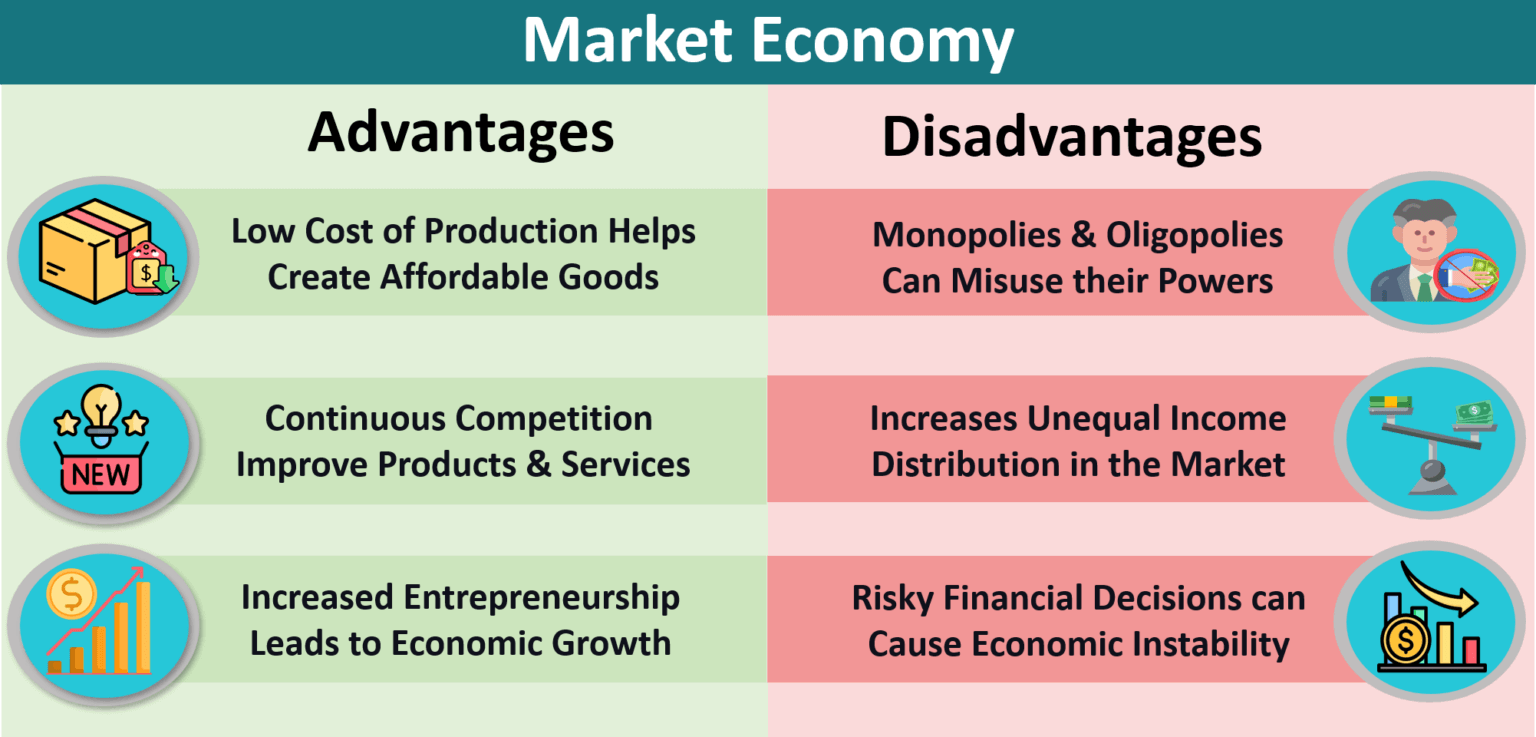Living With Bilateral Anophthalmia: Hope And Support For Children And Families

Table of Contents
Raising a child is a journey filled with both immense joy and inevitable challenges. For families facing the unique circumstances of bilateral anophthalmia, the path may seem especially daunting. But amidst the complexities, there is hope, resilience, and a wealth of support available. This article aims to provide families with valuable information, practical strategies, and crucial resources to navigate life with bilateral anophthalmia, fostering a journey filled with love, understanding, and empowerment.
Understanding Bilateral Anophthalmia
What is Bilateral Anophthalmia?
Bilateral anophthalmia is a rare congenital condition characterized by the absence of both eyes at birth. Also sometimes referred to as anophthalmia (when referring to the absence of one eye, it's referred to as unilateral anophthalmia), this condition impacts vision significantly, meaning the child will not have sight. It's a complex condition that affects not just vision, but also the development of other senses and the overall emotional well-being of the child and their family. Understanding this condition is the first step towards providing the best possible care and support. The absence of eyes can also impact the development of the surrounding facial structures.
Causes and Diagnosis
The exact cause of bilateral anophthalmia is often unknown, but several factors may play a role.
- Genetic factors: Genetic mutations can increase the risk.
- Teratogens: Exposure to certain harmful substances during pregnancy, such as drugs or environmental toxins, may contribute.
- Infections during pregnancy: Some maternal infections during pregnancy could be linked to the condition.
- Diagnostic imaging (ultrasound): Prenatal ultrasound scans can often detect the absence of eyes, allowing for early diagnosis and preparation. Postnatal confirmation usually involves a thorough ophthalmological examination.
Emotional Impact on the Family
Receiving a diagnosis of bilateral anophthalmia can be emotionally overwhelming for the entire family.
- Grief: Parents may experience grief over the loss of their child's expected vision.
- Adjustment: Adapting to the child's unique needs requires significant adjustment.
- Acceptance: Learning to accept the child's condition is a crucial step in fostering healthy development.
- Seeking support: Connecting with support groups and professionals is essential for emotional well-being.
- Building self-esteem: Helping the child develop a positive self-image is paramount.
Practical Strategies and Support for Daily Life
Sensory Development and Stimulation
Since sight is absent, stimulating other senses becomes crucial for development.
- Sensory toys: Toys that stimulate touch, sound, and smell can help the child explore their environment.
- Tactile exploration: Encouraging tactile exploration through different textures and materials is vital.
- Auditory activities: Music therapy, storytelling, and other auditory activities can enrich the child's experience.
Assistive Technologies and Tools
Several technologies can assist children with bilateral anophthalmia.
- Object recognition devices: Emerging technologies can help identify objects through sound or haptic feedback.
- Mobility aids: Canes, guide dogs, and other mobility aids enhance independence.
- Braille: Learning Braille is essential for literacy and accessing information.
- Assistive listening devices: These devices help the child hear and understand sounds more clearly.
- Adapted toys and games: Toys and games designed for children with visual impairments offer inclusive play.
Education and Learning
Early intervention and inclusive education are critical for a child's development.
- Specialized education programs: Programs cater to children with visual impairments.
- Adapted curriculum: Curriculum modifications ensure accessibility and learning success.
- Inclusion in mainstream classrooms: Inclusion promotes social interaction and development.
- Assistive technology in education: Specialized technology supports learning in the classroom.
Connecting with the Community and Finding Support
Support Groups and Organizations
Connecting with others facing similar challenges provides invaluable support. [Insert links to relevant organizations here].
Online Forums and Communities
Online platforms offer a space for sharing experiences and finding emotional support. [Insert links to relevant online forums here].
Therapy and Counseling
Professional support is essential for the entire family's emotional well-being. Family therapy and individual counseling can help address the emotional impact of bilateral anophthalmia.
Options for Prosthetic Eyes (Ocular Prostheses)
Types of Ocular Prostheses
Custom-made prosthetic eyes, also known as ocular prostheses, can provide a more natural appearance and improve the child’s self-esteem.
The Importance of Early Fitting
Early fitting of ocular prostheses is recommended to support proper facial development and psychological adjustment.
Care and Maintenance of Prostheses
Regular cleaning and proper care of the prosthetic eyes are crucial for hygiene and longevity.
Conclusion
Living with bilateral anophthalmia presents unique challenges, but with understanding, support, and the right resources, families can navigate this journey successfully. Understanding the condition, implementing practical strategies, and connecting with supportive communities are vital components in fostering a positive and fulfilling life. Remember that early intervention, assistive technologies, and professional support are crucial to ensuring the child’s development and overall well-being.
Find support and resources for your family by connecting with the organizations and online communities mentioned in this article. Don't hesitate to reach out – there is hope and support available for families living with bilateral anophthalmia. Learn more about managing life with bilateral anophthalmia and discover available support options.

Featured Posts
-
 Apres 25 Ans Au Bayern Thomas Mueller Confirme Son Depart
May 11, 2025
Apres 25 Ans Au Bayern Thomas Mueller Confirme Son Depart
May 11, 2025 -
 The Netflix Movie Where Adam Sandler Met His Wife A Unique Tradition
May 11, 2025
The Netflix Movie Where Adam Sandler Met His Wife A Unique Tradition
May 11, 2025 -
 Lily Collins Calvin Klein Campaign Image 5133599 Details
May 11, 2025
Lily Collins Calvin Klein Campaign Image 5133599 Details
May 11, 2025 -
 Choosing A College Town In Michigan City Name S Advantages
May 11, 2025
Choosing A College Town In Michigan City Name S Advantages
May 11, 2025 -
 Crazy Rich Asians Tv Series Jon M Chus Max Adaptation
May 11, 2025
Crazy Rich Asians Tv Series Jon M Chus Max Adaptation
May 11, 2025
